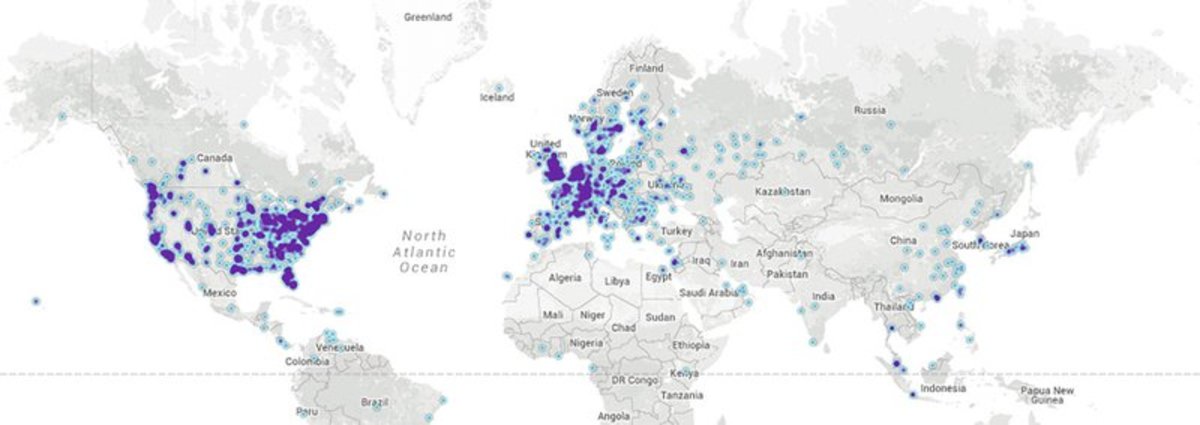
The Bitnodes project issued its first incentive last week and will continue to do so until the end of 2015 or until 10,000 nodes are running.
The program uses an incentive program started as an experimental process to reward those who run a node. Rewards for running full nodes are being paid in bitcoin.
A Bitcoin node is a part of the network that allows Bitcoin to operate the way it does. It increases security and improves reliability by validating transactions and blocks and then relaying that information to other full nodes.
Any individual can run a full node by using the Core client (Bitcoin Core).
Miners, the ledger clerks of the Bitcoin sector, are incentivized by rewarding them for solving blocks. These blocks contain information about recent transactions and the reward (at the moment) is 25 bitcoin, which can be spread among those contributing toward the mining.
But there are no similar incentives for individuals or businesses running full nodes. They have only the gratification that they are supporting the network. And if they are not mining, others are being rewarded for it. This is a problem, as nodes are arguably as important as mining.
Another problem: Keeping a full node running for an extensive period entails cost. The hardware being used may be out of play for anything else, or the cost of electricity is significant after an extended time.
The Bitnodes project introduces the Peer Index (PIX) as a way to measure nodes in the network. It is based on 11 properties that can be found in greater detail here. Then nodes are listed on the leader board for all to view.
“If your node is not already up on the leader board, make sure that it is reachable by other peers in the network and activate its node status from https://getaddr.bitnodes.io/nodes/,” said Addy Yeow of Bitnodes.
There are currently 4,006 active nodes. IP, ISP, client, country and more information is available via Bitnodes.
Yeow accedes that the incentives program is not an ideal solution to completely remedy the growth, or lack, of Bitcoin nodes. Further discussion is needed from the community for problem-solving and figuring out a more long-term solution to encourage individuals and businesses to run long-term nodes.
Recent updates have extended the 60 day charts to 90 days, a full quarter of a year. This has been done to give a clearer picture of Bitcoin Core version adoption. Also, a STALLED alert has been introduced to notify node operators when their node has not downloaded a newer block from its peers for some time.
One of the long-term potentials of Bitnodes is that it could be used to estimate the size of the Bitcoin network that uses newer versions of Bitcoin Core (version 0.8.x or newer). A full list of the Q1 updates for Bitnodes can be found here on Github.
The potential for rewarding node administrators exists. Further incentive applications are probably needed, but there is scope for this future development. Involvement from the public is sought since the next gem of an idea can come from anyone.
Getting Involved
If you want to get involved in the programming or the discussion, do so via Github here. The crawler implementation (in Python) is also available from Github and can be found here.
Even if you are not a programmer or you do not think you can contribute to the discussion on development, you can always be part of the solution by running a node (bitcoin core) and leaving it running on an old computer in a spare room.
If you plan to run a node, you should have 50 gigabytes of free disk space, 2 gigabytes of RAM and an Internet connection with uploads of at least 400 kilobits (0.4 mb). Check regularly to ensure you do not exceed your upload limit (if relevant), and that you leave your node running for at least 6 hours a day.
Bitcoin nodes map via bitnodes.io










